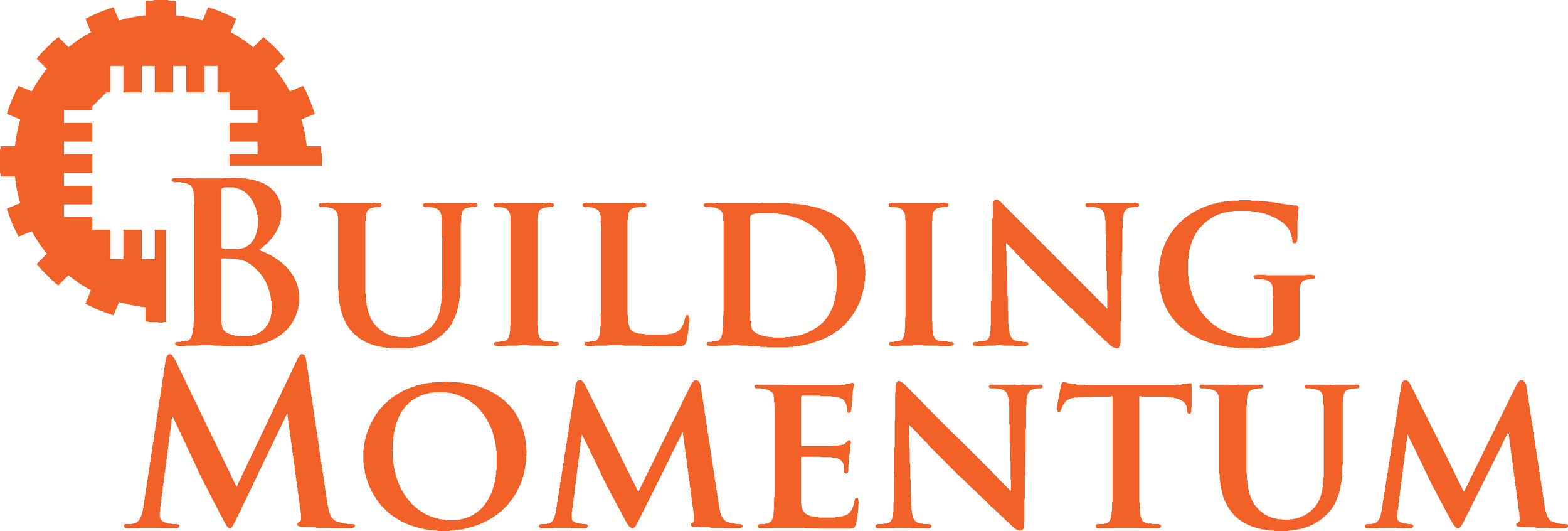Finding Your Voice in the Workplace
By Olivia Anderson – Senior Associate of Marketing
For some speaking up and sharing their perspective feels so comfortable, so second-nature, that they hardly think about it at all. For others, it feels crushing—they agonize over their word choice in their head as their heart rate increases. By the time they get the chance to speak, maybe they push through while trying not to notice their palms sweating, or maybe they let their opportunity to share pass them by. If you identify with the second scenario more than the first, you’re not alone, and I’m with you too. However, in my first three years as a young professional, I have learned a lot about finding my voice at work.
When I first started my professional journey, I was still overcoming the shy disposition I hadn’t quite left behind in college. Although I had a head full of thoughts that I was eager to share, the sharing part always tripped me up. Occasionally I would choke out a few words, but I never spoke candidly. I realized that I would need to communicate better when I noticed that the mistakes that I was too nervous to call out were making it out the door. The team needed every set of eyes and every voice to be successful—and that included me.
On my journey to find my voice in the workplace, I’ve adopted three main strategies; reframing how I think about my inputs, softening my rigid ideas about hierarchy, and preparing to share so I am confident and ready. Reframing how I think about my inputs means that I am able to see my opinion as an asset, rather than a nuisance. During brainstorming sessions, I worry less about how I sound and remind myself that brainstorming is about all sorts of ideas, including ones that don’t make the final cut. When I see a better way to do something, I speak up. For example, when I noticed a client was confusing our vendor and adding time to a video project, I explained how they could streamline their approach to the editing process. I suggested that leadership take a decisive look at the product instead of giving one-off suggestions and shared some of my own recommendations for refinement. Instead of being afraid to share my perspectives, I acted and got us the product more quickly.
Softening my rigid ideas about hierarchy means that I can see how people rely on others to question their bad ideas and encourage their good ones. With seniority comes respect, but that does not mean that junior employees don’t have important insights of their own. Imagine if a social media-savvy junior employee said, “Hey Pepsi team, maybe monetizing the Black Lives Matter movement isn’t the most tasteful and maybe Kendall Jenner isn’t the right person to star in a BLM themed ad?” If someone had spoken up, Pepsi could have avoided spending millions on damage control and the initial product could have engaged the audience, instead of alienating them.
Preparing myself to share means that I can keep my anxiety down. For formal situations, I spend more time than most organizing my thoughts and creating my slides. Once I am happy with the content, I move to practice, assured by the extra work I did up front. For informal situations like meetings, I often prepare a series of questions and inputs for 10 minutes beforehand. If an idea strikes me in the moment, I rarely feel as nervous to share because I have prep work behind me and I’m already feeling good.
Of course, you can’t feel prepared and confident for absolutely everything that comes your way in the office, but once you’ve found your voice those situations will become easier too. If there’s one thing nervous people tend to be good at, it’s thinking, thinking, and thinking again. Use that to your advantage and harness those thoughts for your benefit. Your workplace is waiting for you to share your insights.
Read more about Building Momentum. Check out Innovation Boot Camp, Innovation Elevated or our facilitated meetings, and Innovation Academy or our STEAM field trips. More about The Garden events and happenings can be found on the events page!

